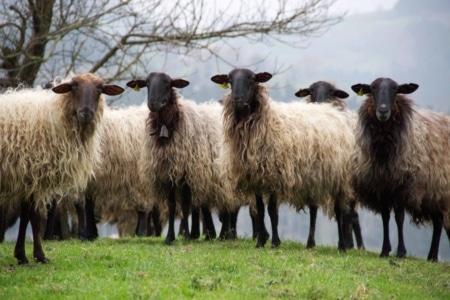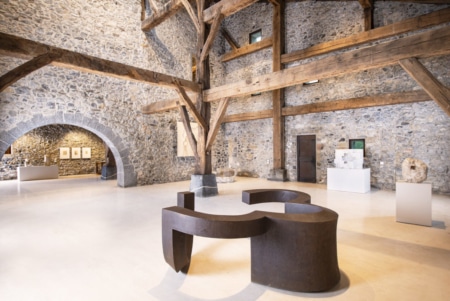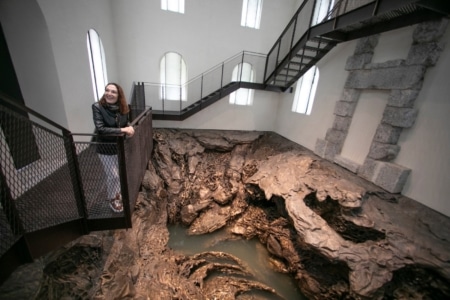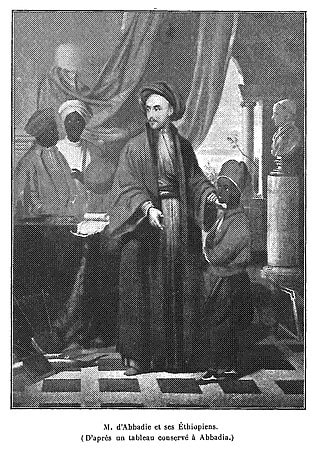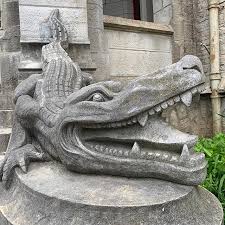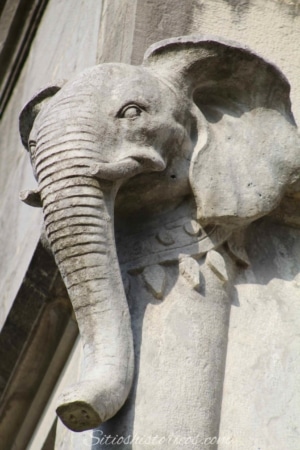Sold for 1600€ to Rekondo restaurant in San Sebastian
This first specimen (lehenbiziko in Basque language) was caught in the Bidasoa river by a local fisherman and was bought as is tradition by the Rekondo restaurant in San Sebastian. The specimen weighed 4.4 kg and was caught by spoon at the Endarlatsa dam.
The Atlantic salmon fishing in the Basque Country is very restrictive and several permits are needed to fish. Salmon specie is in a recovery phase in our rivers, so its fishing is very limited. In the past, salmon fishing was a very important resource for the people in the Basque Country and northern Spain, but overfishing, river pollution and hydraulic dams made it disappear. Decades ago the government developed a very ambitious plan for its recovery.
Today the rivers are very clean thanks to the water purification plants, and the old dams that prevented the salmon from going up the rivers have been destroyed. Fishing quotations are very controlled and only 5% of the total number of fish returning from the sea for spawning are allowed to be caught. In my opinion, there is still a lot to be done to enjoy fishing in our rivers. We lack more ecological policies that educate the river populations on how to take care of the environment in order to enjoy it to the full. Still, unfortunately, it is normal to see children throwing plastic on the ground or plastic waste from an industrial park thrown all over the river bank. This makes my blood boil and these are very important issues that should be addressed.
On the other hand, we have to be happy about the current situation of our rivers. It is a situation with room for improvement but today it is very satisfactory for sport fishermen. Numerous catches of brown trout and sea trout can be made. The capture of salmon is always more complicated due to the limited number of specimens and their feeding habits.
The policy for trout and sea trout is catch and release, for salmon a special permit is needed and there is a limitation on the number of catches with death.
We will continue to fight to improve the quality of our rivers for us and for future generations and in my opinion education is a determining factor in this conservation process.

